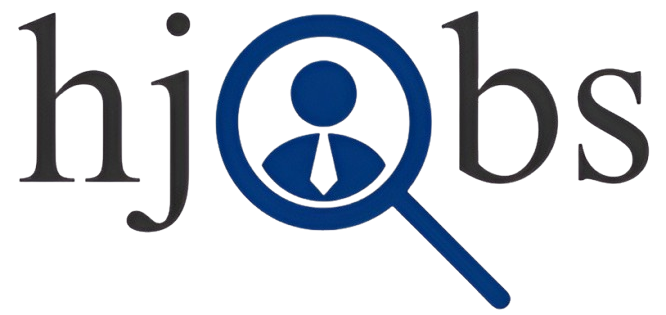Data Analyst Full Course for Beginners | Sql Part 1
Hello Everyone! Hope you’re doing well. Today, we’re diving into the fascinating world of SQL (Structured Query Language) as we start our SQL journey. Before we proceed, if you haven’t watched the complete Excel series yet, make sure to check it out—it’s packed with valuable insights!
In today’s blog, we’ll cover the following topics:
- What is a database?
- What is SQL, and how is it used?
- The difference between databases and Excel.
- Introduction to RDBMS (Relational Database Management Systems).
So, let’s get started!
What is a Database?
Let’s imagine this scenario: You have a cupboard at home where you keep all your clothes organized by occasion—be it a party, wedding, or casual outings. This cupboard is like a database because it stores all your essential items in one place.
Now, imagine the same cupboard in a digital format. You can open it (access the database), take what you need (retrieve data), use it (process the data), and then put it back (store it again). A database works similarly—it stores information like numbers, images, videos, and text in an organized manner for easy access and management.
What is SQL, and How Does It Work?
Think of SQL as the waiter in a restaurant. When you place your order for two samosas, the waiter goes to the kitchen (the database), brings the samosas (data), and serves them to you.
You don’t go into the kitchen to make your own samosas; the waiter acts as a medium between you and the kitchen. Similarly, SQL acts as a medium between you and the database.
Key Functions of SQL:
- Store data: Save information securely.
- Manage data: Organize and maintain data effectively.
- Retrieve data: Fetch specific information when needed.
Difference Between Excel and Databases
Let’s compare Excel and databases using an example.
Excel is like a small shop where you manually record daily sales, expenses, and other information in a notebook. Only one person can write in the notebook at a time, and it’s best suited for small-scale data management.
On the other hand, a database is like a large supermarket. Multiple people can work simultaneously, and it can handle vast amounts of data efficiently. For example, during Diwali, you can easily track how many boxes of kaju katli were sold by analyzing the stored data.
What is RDBMS (Relational Database Management System)?
RDBMS stands for Relational Database Management System. It is a system that organizes your data into tables and creates relationships between them.
Let’s say you own a sweet shop with multiple branches. You maintain three registers:
- Customer register
- Order register
- Inventory register
An RDBMS connects these registers (tables) and helps you easily find related information. For example, if you want to know which sweets Ramesh purchased from your shop, the RDBMS can quickly retrieve this information by connecting the customer, order, and inventory data.
Popular RDBMS Examples:
- MySQL
- PostgreSQL
- Oracle Database
These systems act as smart managers, helping you store, retrieve, and manage data without any hassle.
What’s Next?
In the next part of this series, we’ll learn how to install PostgreSQL, as we’ll be using it throughout this SQL course. Stay tuned for the upcoming video where we’ll guide you step-by-step through the process.
Until then, happy learning, and see you in the next session!
